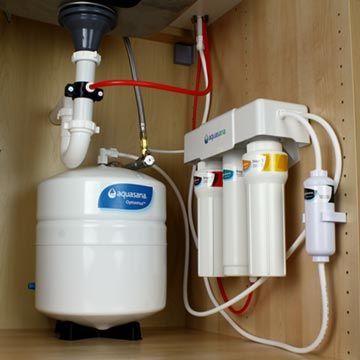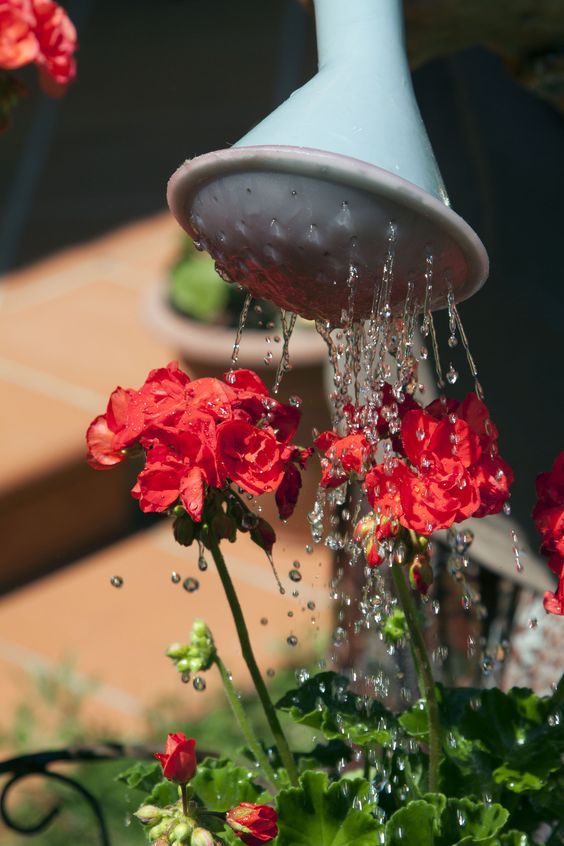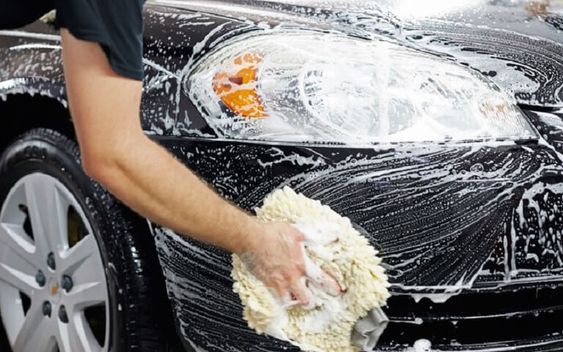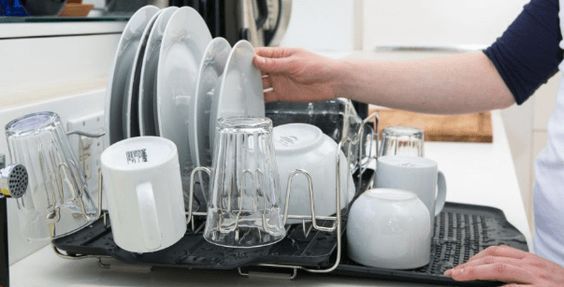Check out some innovative ways to use wastewater from RO water purifiers:
We all use water purifiers, they are not only provide us clean and safe water but they also protect us from life-threatening waterborne diseases. But everything comes with drawbacks and there is one major drawback of using RO purifier’s i.e extreme wastage of water. An average RO purifier wastes approximately 3 liters of water for every 1 liter of purified water. That means only 25% of water is purified and 75% of water comes out as waste.

Thinking why so much water is wasted? Reverse Osmosis (RO) purifiers use membrane technology to filter dissolved impurities, the impure water is filtered out and is often called wastewater or reject water. Due to too many impurities, this water is rejected,
Though, the RO wastewater can be used in several ways to avoid too much wastage. Check out how you can use this water:
-
Watering plants

If you love gardening or have some plants in your house then you can use this wastewater for watering your plants. Use the RO water for 15-20 days and check its effect on the growth of your plants. This will give you a better understanding of how plants are responding to the RO water if everything is normal. You can continue using water this way.
-
Floor moping
Using RO wastewater for mopping is a great idea and this will also save many liters of clean water every day. Mix the RO wastewater with clean water, as the RO wastewater contains high TDS and it may stain or leave salt particles on the floor.
-
Clean your car

One car wash consumes about 14 liters to 70 liters of water. Thinking about the water issues that our country faces, using this amount of water for car washing seems unreasonable. So instead of clean water, you can use RO wastewater.
-
Wash dirty utensils

One more use of RO wastewater can be washing utensils. Store that water in a bucket and keep it near your sink, so that you use the same water while cleaning your utensils.
-
Cleaning toilet
We all like clean toilets, so why do waste pure water while cleaning them, when this can be done using waste RO water as well.














